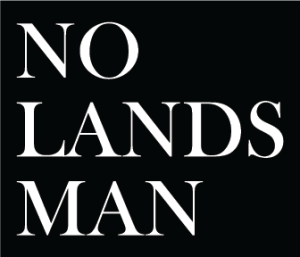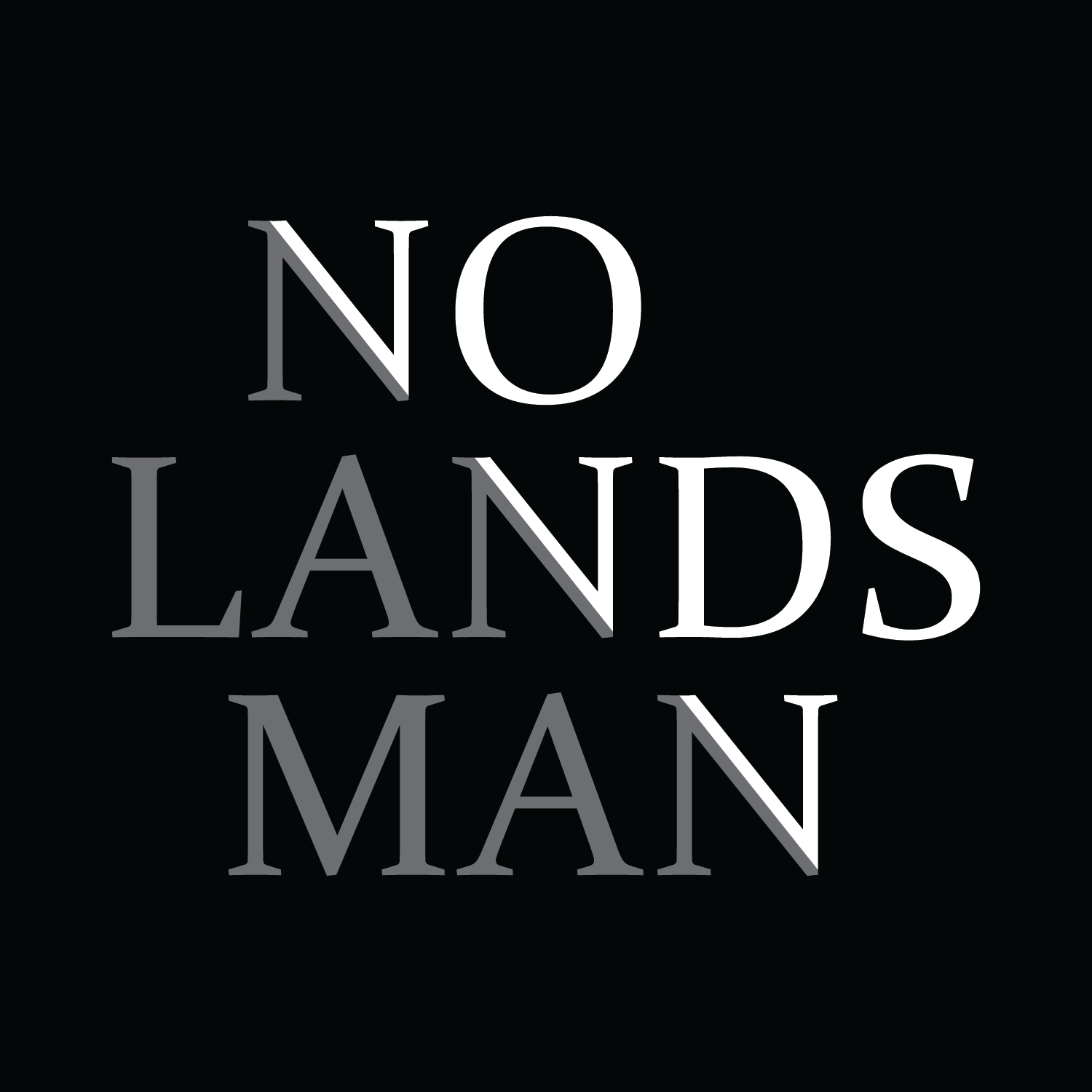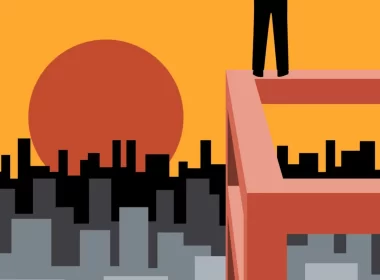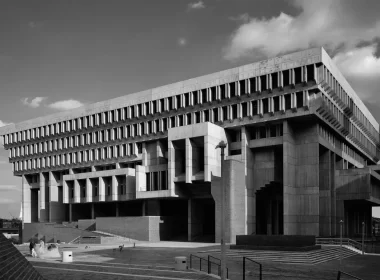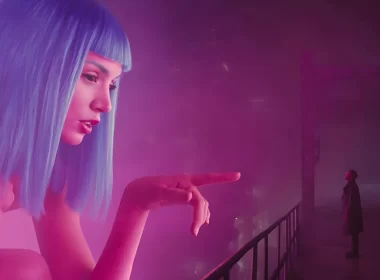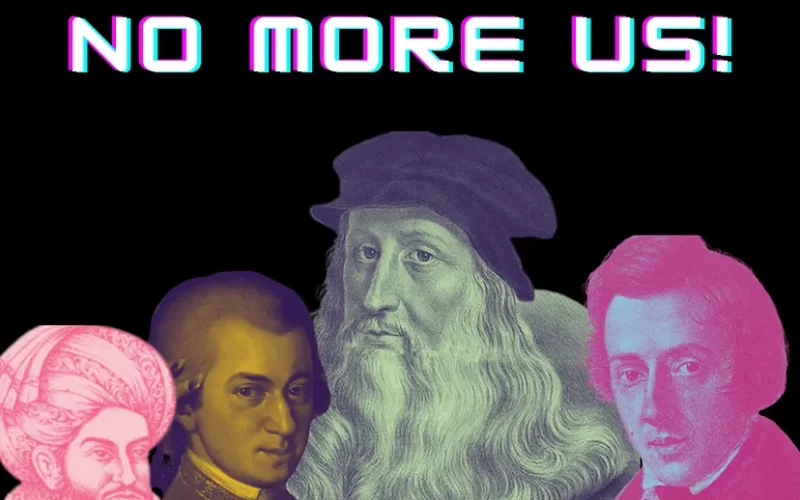On the polemical difference of art forms, people on the side of high art, reject low art more aggressively than those on the other end.
This rejection is not only based on the perception that low or popular art, like the celebrated Truck Art, lacks sophistication, intellectual stimulation, and traditional clarity. It is primarily because it is accessible, and everyone engages with it.
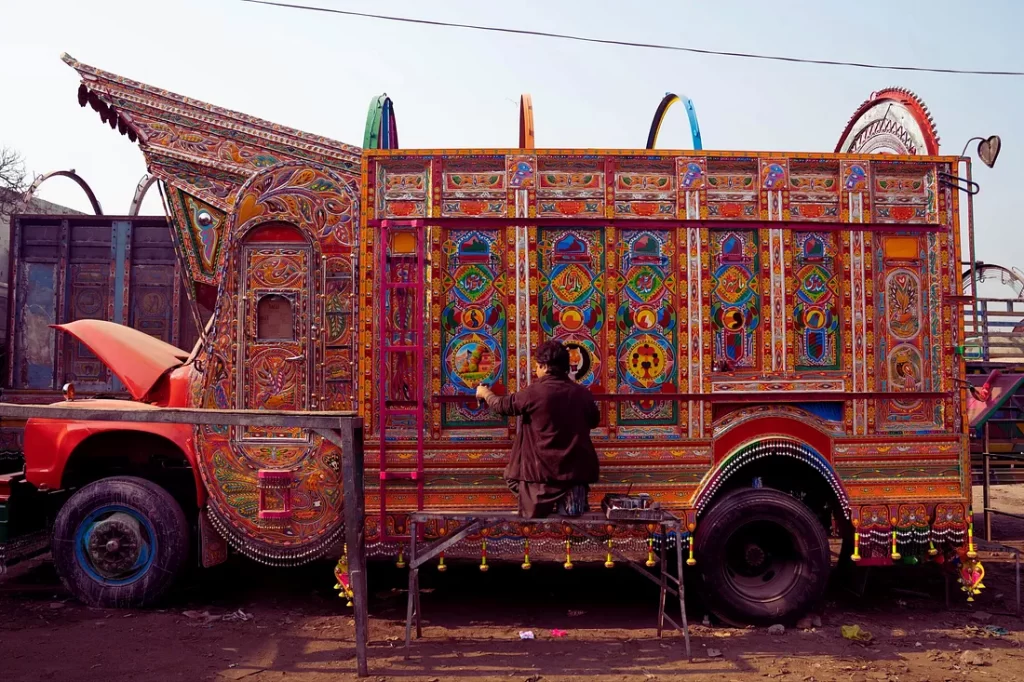
Of course, there will be rejection and rancor. How come unwashed masses become a part of art, a practice which is supposedly reserved for the exclusive club of “intellectually and aesthetically discerning individuals.”
However, not always the appreciation of one aspect of art and the rejection of another comes from a tendency to exhibit an elitist attitude.
Sometimes the underlying reason could be more complex than we like to believe.
When we are part of a culture that was once subjected to colonialism, the weight of shame and guilt for our own cultural heritage lingers in our collective psyche, even if we appear to have shed the imprints left by the colonialists.
In art, we try to dispense ourselves with this guilt and shame by establishing dominant aesthetic paradigms where some forms are pushed to the periphery so that the chosen superior forms can be held up as “authentic” or “true” to our cultural roots.

Perhaps this is the reason why so many high art lovers, commentators, and critics in Pakistan would shy away from acknowledging Truck Art as one of the genuine representations of Pakistani culture and artistic expression.
Interestingly, my boss, who assigned me to write on this subject, also falls into that category as he harbors a special disdain and resentment towards Truck Art. Not because he believes Truck Art is lowbrow, crude, and unrefined, and doesn’t meet aesthetic standards – he agrees with all that, but the truth is he hates it because Westerners are fascinated by it.
At first, I assumed he detests it for the exoticizing gaze of the West – an attitude of the Westerners that objectifies and reduces our art to curiosities or fantasies for their entertainment and consumption instead of appreciating it with its true value. This perhaps would have been a valid reason to invalidate our own Truck Art.
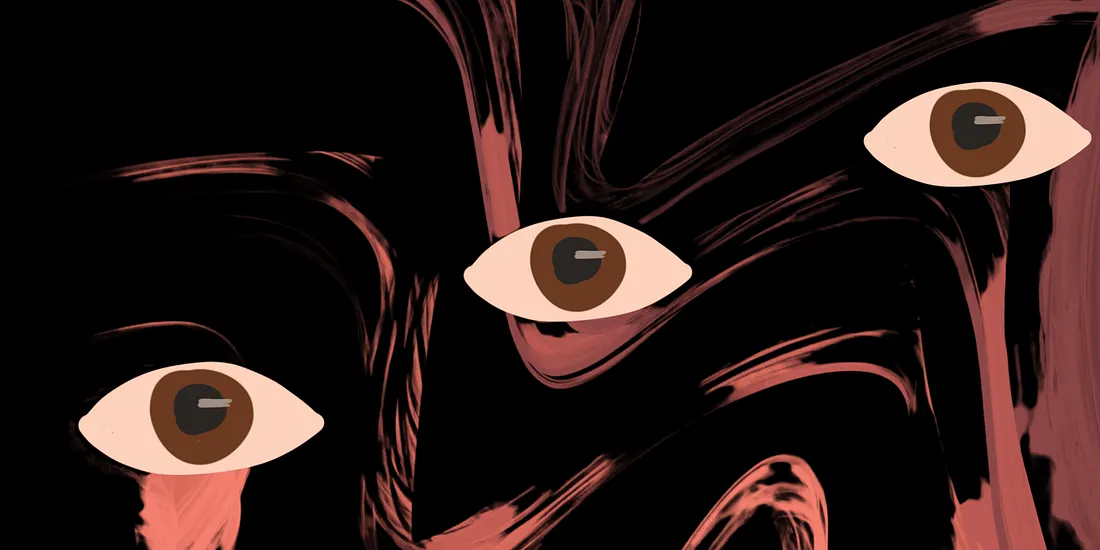
However, the reality is my boss, being a purist, doesn’t direct his dislikeness toward Truck Art’s unique art style itself. Rather, he simply expresses his disapproval of it being elevated to the status of a cultural symbol of Pakistan in the eyes of the global community.
Our Truck Art overshadows our diverse range of sophisticated and historically rich art forms that prompt intellectual engagement.
We, with an air of superiority, wonder why it is the Truck Art the West loves and not our other arts that reflect the intricate and nuanced culture of Pakistan.
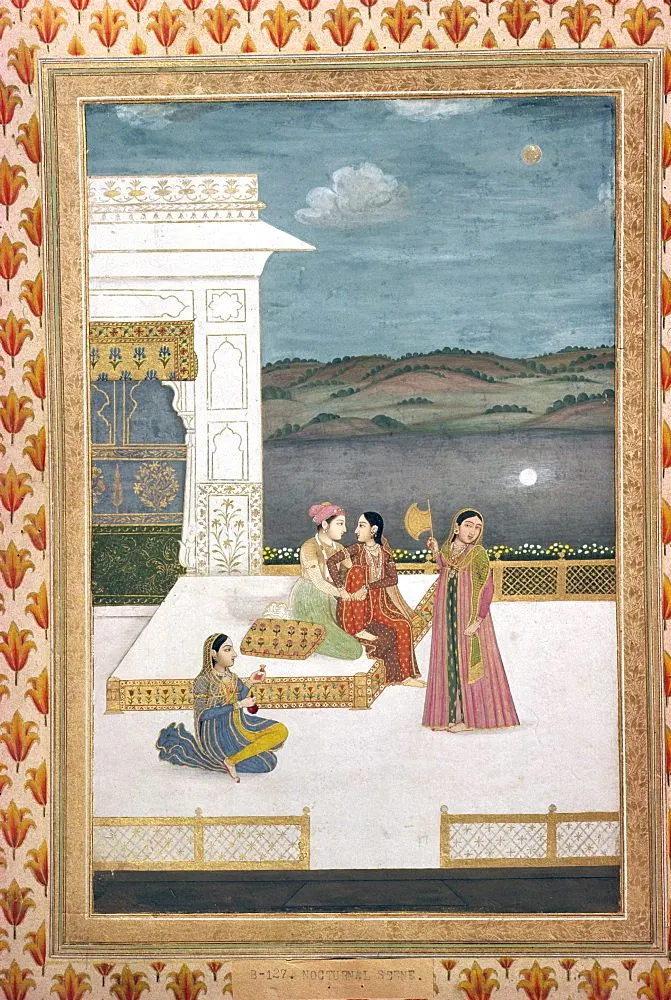
And here lies the irony: we want to redirect the gaze toward our indigenous, complex, contemporary, or any other art form that we perceive as superior to Truck Art, with the hope that Western audiences will eventually understand the profoundness and significance of our artistic heritage.
We wish to align ourselves with high art and distance ourselves from our own cultural expression, found in the wit and vibrancy of Truck Art, in order to seek meaningful validation and acceptance from white people.
Doesn’t this secret desire make us victims of the paradoxical struggle between cultural authenticity and external endorsement?
It seems just like my boss, we all resent the Western gaze and yet want to appease it.
To salvage ourselves from this conflict, we need to interpret Truck Art with a new lens, one that goes beyond the shallow admiration of the West and the pretentious judgments passed by our own art snobs.
And we must listen to the perspectives of those intimately involved in this business: the truck artists and drivers themselves. These folks don’t care about grand principles and ideologies or whether their art tickles the fancy of the cultured elite.
Their one and only purpose is to decorate their vehicles with loud, noisy colors, featuring animals, birds, and even their favorite film stars, all in the hopes of people looking at their vehicles with love.
When we decorate it, we hope people will look at our truck with love. We ensure that when a truck goes on the road, it looks beautiful. It should look like the most beautiful, so that’s what we try to do.
Muhammad Ejaz Mughal, a professional truck artist from Rawalpindi, who acquired the craft from his father.
Yes, it is the “gaze of the love” truck artists seek. As love is the only sentiment that transcends all the superficial debates and critical discussions about truck art. It is all about evoking pure and inspiring unfiltered affection for this art that bypasses all judgments.
